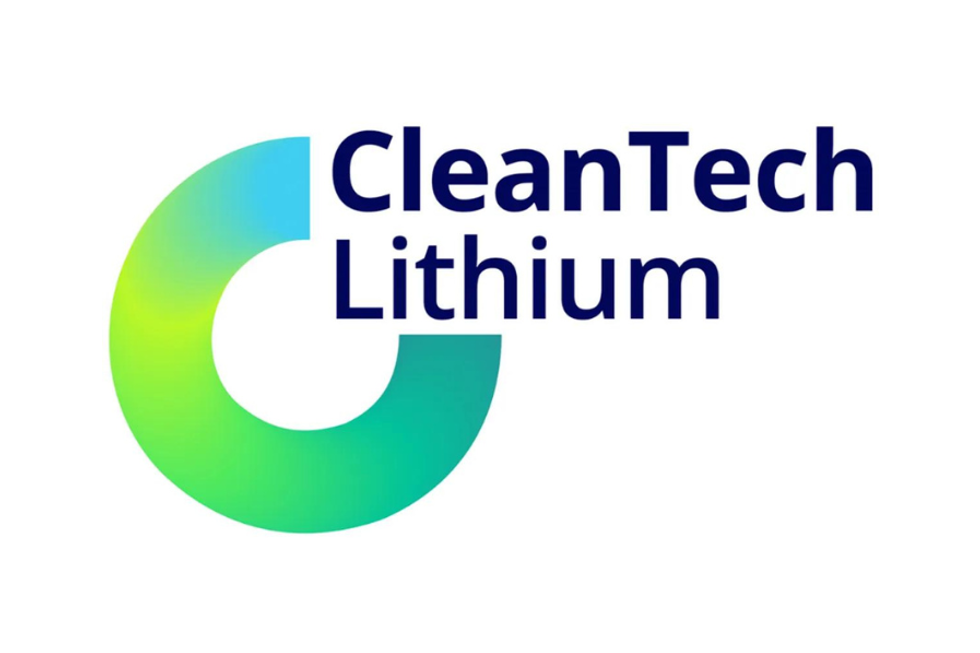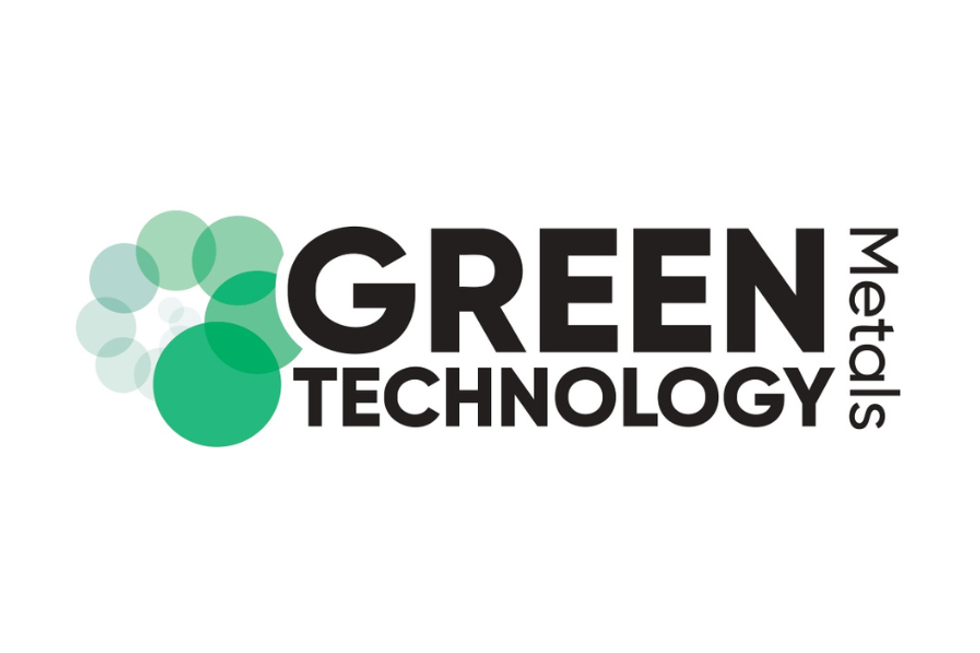Joe Lowry Interview Part Two: Global Lithium Price and Junior Lithium Picks

In part two of the Investing News Network’s interview with Joe Lowry, he sheds light on the global lithium price and gives a couple of junior lithium picks.
The price of battery grade lithium in China–who is the biggest lithium-ion battery producer–increased by $20,000 per tonne this year, an increase of three times higher than it was the year before.
However, there’s more to the lithium sector than its role in the battery space. In part two of the Investing News Network’s interview with Joe Lowry, CEO of Global Lithium LLC, Lowry talks about where he sees the global lithium price averaging in the coming years and what juniors in the lithium market have a chance of succeeding.
Below is a transcript of our interview. It has been edited for clarity and brevity. Read on to see what Lowry had to say. You can read part one of our interview here.
INN: What do you see the global lithium price averaging in the next coming years?
JL: I think two things are going to happen. Carbonate: in the near term everybody is planning to build carbonate projects, except for Nemaska Lithium (TSXV:NMX) who if they get funded will focus on hydroxide. But when you look at other new projects it’s always about carbonate. Carbonate’s in short supply right now and prices have increased. On the other hand, hydroxide will have a much higher growth rate over the next five years and that market is also tight. If Tianqi is successful with their hydroxide project in Australia that will help.
The China carbonate price has moderated from the recent all time highs but only a limited amount. The number I’m hearing now is around 120,000 RMB/Mt, which includes VAT, which is about $18,000/Mt, plus or minus. Hydroxide hasn’t come down like that. Hydroxide’s still at 155,000 RMB.
The global average carbonate price (outside China) will likely settle between $10 and $14 per kilogram over the next few years. I think China pricing will be higher than that.
Longer term, carbonate stays in the low double digits to low teens outside of China–and a little bit higher inside of China–just because of the supply and demand dynamics. This seems the situation until at least 2021.
For those most part, China’s a carbonate-based cathode market. Japan’s, generally speaking a more hydroxide-based cathode market now because so much of what is happening is related to NCA/Tesla (NASDAQ:TSLA) with Panasonic currently the cell supplier. Korea is also mostly carbonate now but hydroxide based cathode production is growing largely due to more use of high nickel NMC.
In my opinion, there’s going to have to be a much higher premium for hydroxide versus carbonate than there has been historically, in order for the “Big 3” to invest in hydroxide capacity outside of China. The Big 3 hydroxide production process (except for ALB tolling in China) uses lithium carbonate as feedstock.
In China, they make hydroxide or carbonate from a common lithium solution. Most production in China is based on lithium sulfate produced from spodumene. The cash cost of carbonate vs hydroxide isn’t exactly the same, but it’s close. They have a bias to make hydroxide if they can sell it for a higher price, especially for their exports. I see that happening now.
INN: Are any of the juniors in the market that you think have got a better chance than most to succeed?
JL: I’m a fan of Galaxy Resources (ASX:GXY). Everybody criticizes Lithium Americas (TSX:LAC) for the deal with SQM. I think it will actually prove to be very smart for both parties. I am hoping they both GXY and LAC secure the capital to start construction soon.
INN: Given where Lithium America’s been six months earlier, it looks like a total win deal to me.
JL: If you looked at social media, or went on any website where people commented on it, many were critical because they said, “they should have gotten an Orocobre (TSX:ORL) like valuation.” Well, no they shouldn’t have. Orocobre was and still is overvalued despite their recent stock price slide.
INN: Any of the commodities that don’t have a future or aren’t traded on the LME are difficult for the average investor to understand and they’re hard for the banks to deal with too. The banks seem to be the biggest people who struggle.
JL: I can’t tell you how many metal traders have contacted me wanting to start a trading desk or an arbitrage vehicle. That is not where my interest lies.
If you missed part one of our interview, you can read it here.
Don’t forget to follow us @INN_Resource for real-time news updates.
Securities Disclosure: I, Jocelyn Aspa, hold no direct investment interest in any company mentioned in this article.
Editorial Disclosure: Nemaska Lithium is a client of the Investing News Network. This article is not paid for content.
The Investing News Network does not guarantee the accuracy or thoroughness of the information reported in the interviews it conducts. The opinions expressed in these interviews do not reflect the opinions of the Investing News Network and do not constitute investment advice. All readers are encouraged to perform their own due diligence.





